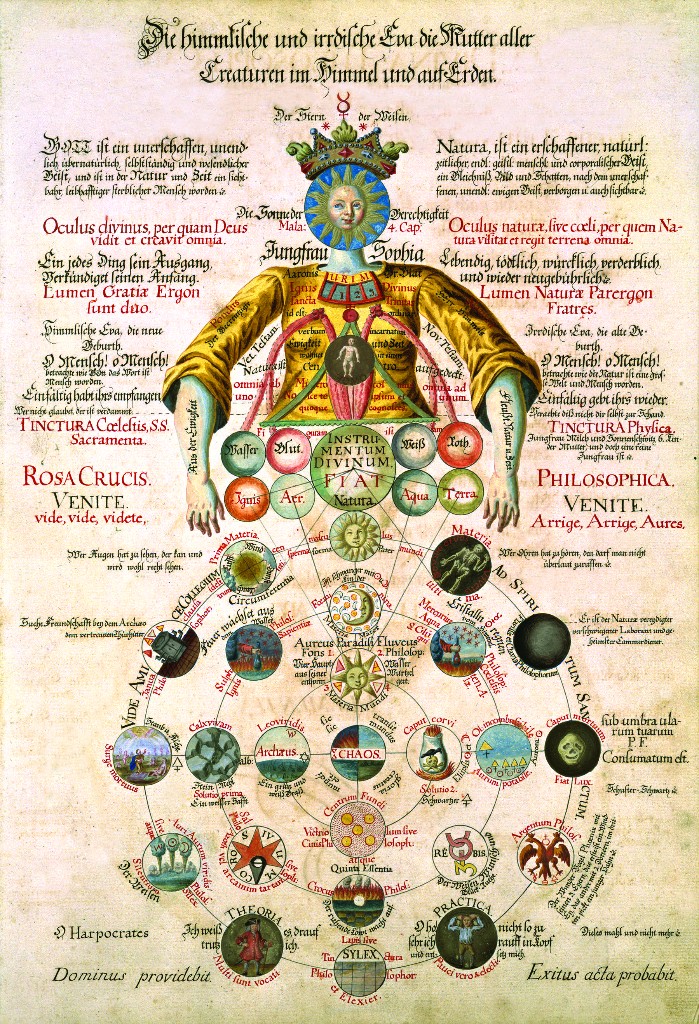Trump Derangement Syndrome has reached a disturbing new low.
During Tuesday night’s State of the Union address, the president honored an undeniable hero — a kind and caring New Mexico police officer who stepped up to save a child about to be born, and her desperate, homeless, opioid-addicted mother.
It was a three-hanky anecdote, made all the more vital because it concerned a drug-damaged, impoverished woman and the law enforcement officer who protected her, a man more likely to be treated with contempt these days than with the respect and love he deserves.
The feel-good moment didn’t last.
Within hours, the hard left got hold of the inspirational story and mangled it into a cautionary tale about Republican misogyny, mistreatment of the poor and a handmaid forced to reproduce against her will, human roadkill in the evil war on drugs. No mention was made of innocent children maimed by drugs and parental neglect. It was dizzying.
It started when President Trump introduced Ryan Holets, a 27-year-old Albuquerque cop, his wife and adorably snoozing adopted infant daughter. He told how the lawman encountered a homeless woman, eight months pregnant, preparing to shoot heroin into a vein. He stopped her.
When the officer “told her she was going to harm her unborn child,’’ said Trump, “she began to weep.’’
He continued, “She told him she didn’t know where to turn, but badly wanted a safe home for her baby.’’
The cop “felt God speak to him,’’ said Trump, and showed the mom-to-be a photo of his four children and wife, Rebecca. The couple then provided the “safe home’’ that the pregnant woman craved for her baby, taking in the little girl and naming her Hope.
A heartwarming, happy ending? Apparently not in Trump- and police-hating Bizarro World.
Writing in Slate, Christina Cauterucci declared that Trump’s words, “if you happened to be only half-listening, kind of sounded like it glorified a police officer for stealing somebody’s baby.’’
And “the slippery ethics of this anecdote are a handy crystallization of the principles of the GOP, which treats women as mere tools of reproduction.’’
In an opinion piece in the Washington Post, Elizabeth Bruenig argued that keeping the government money spigot flowing is the best way to solve intractable societal ills, such as drug use. And, in a spectacularly stupid New York Times op-ed, Jennifer Weiner equated the case of the cop, the pregnant woman and the full syringe to the battle against abortion rights.
“In his State of the Union address, Donald Trump told us exactly who the modern-day abortion opponents are — and exactly what they think of women,’’ she began.
Pro-lifers, she wrote, “can argue that the only difference between an embryo, a newborn baby, and a kidney patient on dialysis is age, size, location and circumstance,’’ she wrote, apparently reasoning that the mother had no choice but to give birth (and maybe to use drugs).
She argued that Trump’s failure to mention the mother by name (forget privacy) fuels the anti-abortion movement’s zeal to dehumanize pregnant women. Or something.
“In order to make abortion illegal, abortion opponents have to change our minds,’’ she wrote. “They have to get Americans to believe that a fetus or an embryo is the same as a baby, only smaller and that a mother doesn’t matter as much as that ‘pre-born’ baby does. If, in fact, she emerges from their rhetorical sausage grinder as barely a person at all, that’s all to the good.’’
And so, she perverted the officer’s beautiful gesture into an attack on women’s rights.
Now, I’m a fierce champion of a woman’s right to choose abortion. It’s non-negotiable. And yet, I’m not so blinded by hatred of the right to see that this has nothing to do with a sinister attempt to enslave women. The mother here was clearly determined to give birth and to place her child in a stable, drug-free home, which she did.
In an interview with CNN in December, the woman identified herself as Crystal Champ, 35, who lived in a tent with her partner, Tom Key, and suffered through continual drug relapses. But Officer Holets didn’t give up on her. He started a GoFundMe campaign to raise money for the couple, and reported that they entered rehab, and are doing well. Baby Hope was born addicted to drugs, went through withdrawal, but is, blessedly, now gaining weight.
All this was achieved not through a government handout, nor the left’s fixation on supporting the mother’s rights — to get high, I suppose — but through the generosity of one family and of strangers.
This should be applauded, celebrated, copied. Not demonized.




